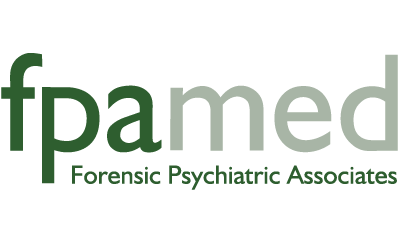Off-Label Prescribing & Malpractice
Is Off-Label Prescribing Malpractice?
By Dr. Steven H. Berger, MD
fpamed Forensic Psychiatrist
Off-label prescribing is malpractice if (1) the prescription does not comply with the standard of care and (2) the prescription causes harm. The standard of care is unique for each patient’s situation. A prescription being on-label or off-label is irrelevant to the standard of care.
The FDA (Food and Drug Administration) regulates medication labels. The FDA regulates the uses for which a medication can be marketed. Every prescription medication is accompanied by an FDA approved label. That label is also called the “package insert” or the “prescribing information.” The label lists the uses of the medication approved by the FDA. The FDA regulates when a medication can be marketed and the uses for which it can be marketed. The uses are called “indications” or “approved uses”. “Indication” means the purpose for which a medication is prescribed, for example, treating psychosis. It is common for a medication to be FDA “approved” for one indication and then prescribed for other “non-approved” indications. Using a medication for a non-approved indication is called “off-label” use.
Whether the use of a medication is malpractice does not depend on the FDA indications. It depends on the standard of care. The standard of care is generally defined as the action that other prescribers would take in a similar situation. Each situation for each patient is unique. The standard of care must be uniquely established for each patient situation.
Psychiatric medications are used for many purposes, both on-label and off-label. An example of common off label use is quetiapine (Seroquel). Quetiapine is categorized as an antipsychotic medication used to treat psychosis. Schizophrenia is a type of psychosis. Quetiapine started with FDA approval to be marketed as an antipsychotic medication. Later, after it was shown to be effective in the manic and depressive phases bipolar disorder, the FDA approved quetiapine to be marketed for those conditions, too. At this point, quetiapine is used “on-label” to treat schizophrenia and bipolar disorder.
Quetiapine is commonly known to be sedating and is therefore often prescribed as a sleeping pill. However, the FDA has not approved quetiapine for treating insomnia. Thus, when it is used as a sleeping pill, quetiapine is used “off-label”. Quetiapine is commonly used to treat depression, bipolar disorder, anxiety, and insomnia. Quetiapine is also known to have abuse potential (a non-indicated use).
The FDA regulates what pharmaceutical manufacturers can do, it does not regulate what prescribers can do. Once a medication is approved by the FDA for one indication, prescribers are generally free to prescribe it for any on-label or off-label use. The designation of on-label or off-label does not correlate with the medication’s efficacy or common usage. Physicians have expanded the use of many medications beyond their FDA approved indications. Some medications are more commonly prescribed off-label than on-label. An example is gabapentin, an anticonvulsant medication commonly used to treat anxiety or pain.
All medications have side effects. A side effect is an effect of a medication that is not intended. The one effect the prescriber wants a medication to have is called the intended effect. All the other things a medication does are called side effects. For example, when quetiapine is prescribed for schizophrenia and it makes the patient sleepy, that sleepiness is called a side effect. But if quetiapine is prescribed for the purpose of making a person sleepy, then somnolence is the medication’s intended purpose. In this case, quetiapine is “indicated” for the treatment of insomnia, even though quetiapine is not FDA approved for treating insomnia.

